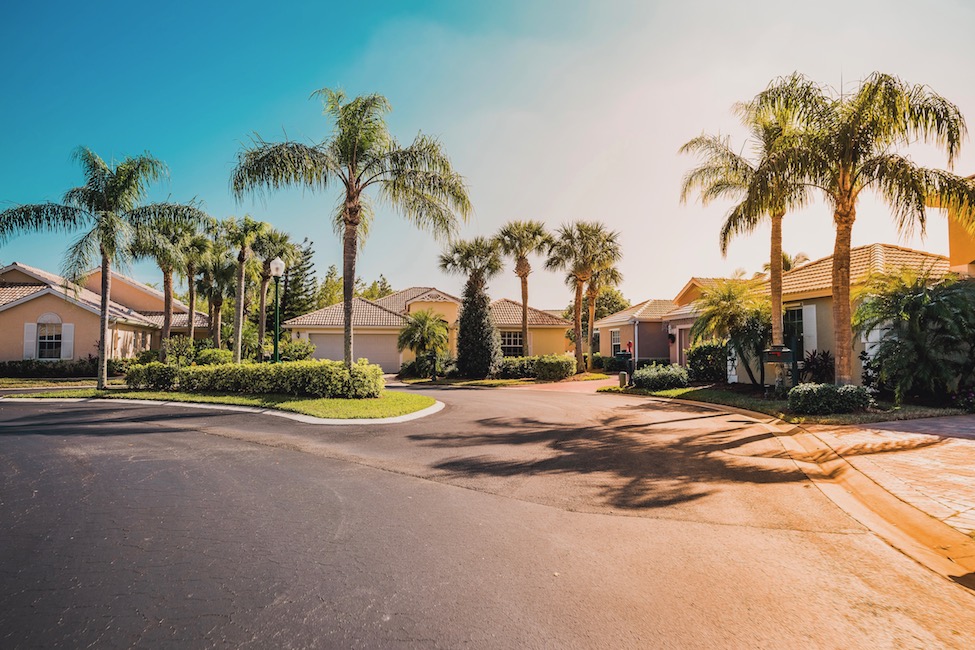Southeast Florida Real Estate Above Long-term Pricing Trends

In the last year, all three metro areas have experienced annualized property price increases of 8.26 percent in Miami, 10.03 percent in Fort Lauderdale and 8.04 percent in West Palm Beach. A slowing in annualized price increases for the three metros should mitigate the likelihood of another market crash.
Residential real estate markets in Miami, Fort Lauderdale and West Palm Beach are all well above their long-term pricing trends, by 14 to 16 percent, according to a new market update produced by faculty in the Florida Atlantic University College of Business.
The Southeast Florida Residential Real Estate Market Update indicates that Miami is 16.28 percent above its long-term trend, while Fort Lauderdale and West Palm Beach are 14.33 percent and 15.57 percent above their long-term trends, respectively. The percentage change in prices are calculated from repeat sales indices for all transactions in the three metro areas.
Ken Johnson, Ph.D., a real estate economist and professor in FAU’s College of Business who’s the author of the market update, said housing prices, however, are not approaching the dangerous 2007 levels that preceded the last crash of local real estate markets. In 2007, Miami was 65.43 percent above its long-term trend, while Fort Lauderdale and West Palm Beach came in at 63.36 percent and 58.29 percent, respectively.
In the last year, all three metro areas have experienced annualized property price increases of 8.26 percent in Miami, 10.03 percent in Fort Lauderdale and 8.04 percent in West Palm Beach. A slowing in annualized price increases for the three metros should mitigate the likelihood of another market crash.
“Residential real estate cycles are relatively new, making future predictions of these phenomena rather difficult,” Johnson said. “However, it seems reasonable to conclude that if property prices start to slow in the near term then southeast Florida property markets should be in for a bumpy landing, as opposed to the market crash that we experienced between 2008 and 2012. On the other hand, if double-digit percentage property price increases continue much longer, then local markets could once again experience a significant residential market crash.”
The Southeast Florida Residential Real Estate Market Update is produced from a subset of house pricing data employed in the estimation of the Beracha, Hardin & Johnson Buy vs. Rent (BH&J) Index, which is published quarterly by FAU.
-FAU-
Tags: business | research | faculty and staff